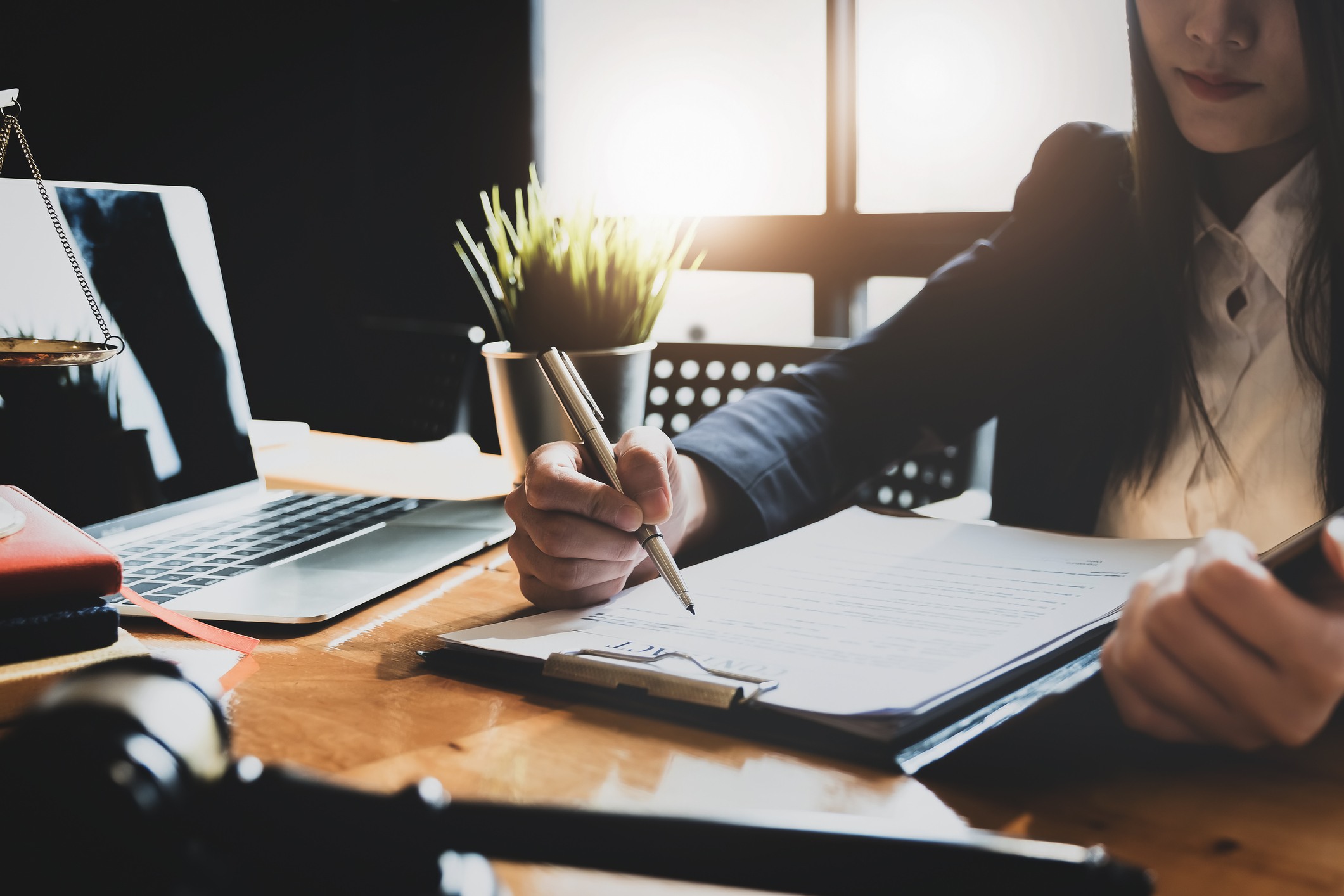Personal Liability Risks to Management and Employees

If you run a business, you’ve probably heard something about personal liability. If someone slips and falls on the front steps of your business, you may be liable for their injuries. But what are all the personal liability risks you’re vulnerable to?
Personal liability can cover a wide range of injuries and damage. Read on to learn more about personal liability claims, what might be eligible and how to protect yourself from a personal liability lawsuit.
What Is Personal Liability?
Before we dive into the different types of risk personal liability can cover, let’s talk about what it is.
Personal liability is the idea that you are responsible for making sure persons and things in your care stay safe. Even if you don’t maliciously intend to cause them harm, you may still be responsible for it.
The classic example of personal liability is a mail carrier slipping on your front steps during a thunderstorm and hurting themselves. You didn’t push the mail carrier down the steps, however by not ensuring your steps were safe, you allowed harm to come to that mail carrier.
Injuries on Your Property
One of the biggest personal liability risks is that of injuries on your property. This can apply to your home or your business, and it pertains specifically to injuries caused by something of your property.
If an injury occurs on your property, the biggest thing you’ll be responsible for is the medical bills. However, you may also have to pay for lost wages that the injured person couldn’t earn while they were recovering. If their injury is serious enough, those lost wages could account for years’ worth of income.
Accidental Damage
You may also be liable for damage that happens to someone else’s property if you’re legally responsible for it at the time.
Let’s say you’re leasing a home and you break one of the windows. Depending on the terms of your lease, you could be liable for that damage since you were legally responsible for caring for the property at the time.
In these cases of personal liability, the primary expenses you’ll be responsible for are the costs of repairing the property. You may have to replace the property depending on how extensive the damage is. If there were any injuries involved in the accident, you could be liable for those, too.
Mental Injury
You may be surprised to learn that it isn’t only bodily injury that you could be liable for. Personal liability can also cover shock, mental anguish, or mental injury.
For instance, if a customer trips down the stairs while at your business, not only are they entitled to medical coverage for the physical injury, they’re also entitled to the emotional damage that injury had caused.
The damages you’re responsible for in these cases can be more difficult to nail down. The person has to be able to prove specific, measurable damages. But you may be responsible for any mental health treatment they require, as well as compensation for emotional damages.
Wrongful or Malicious Treatment
Another non-physical form of personal liability is wrongful or malicious treatment.
This can cover a variety of things, ranging from a wrongful entry into or eviction from a building to malicious prosecution. If you knowingly humiliate someone on your property, they may be entitled to personal liability damages.
This, too, is harder to pin down a dollar amount for. The injured person will need to show that your malicious or wrongful treatment of them has had a specific, measurable, and detrimental impact on their life. From there, the courts can determine what the “value” of that damage is.
What Isn’t Covered
Not all instances of injury or harm qualify for personal liability.
For example, any liability resulting from a car crash won’t fall under the personal liability umbrella. This would instead be covered under your automobile insurance policy.
Business activities or claims relating to your profession also don’t fall under personal liability. Instead, they would be covered by employee liability insurance.
Protecting Yourself
One of the best ways to protect yourself from personal liability lawsuits is to make sure you’re complying with all regulations. This should include not only things like building maintenance and safety codes but also regulations for preserving or destroying paperwork. This can help you stop accidents or liability risks before they even begin.
You also need to make sure all your employees are trained in the proper safety procedures. If an employee wasn’t told to put out the “wet floor” sign after they mop, their ignorance could lead to a lawsuit. Hold regular training sessions to review safety procedures and why they’re important.
Learn More About Personal Liability Risks
Personal liability risks can cover a wide range of damage and injuries. From property damage to humiliation, anything that suffers harm while legally under your care could leave you vulnerable to a lawsuit.
Make sure you do everything you can to stop these accidents before they ever happen, and train staff to follow the regulations you put in place.
If you’d like to learn more about personal liability insurance, check out the rest of our site at Gallagher Basset. We provide tailored claims management solutions to insurers, brokers, underwriting agencies, and more. Learn more about our liability insurance to start getting better protected today.

